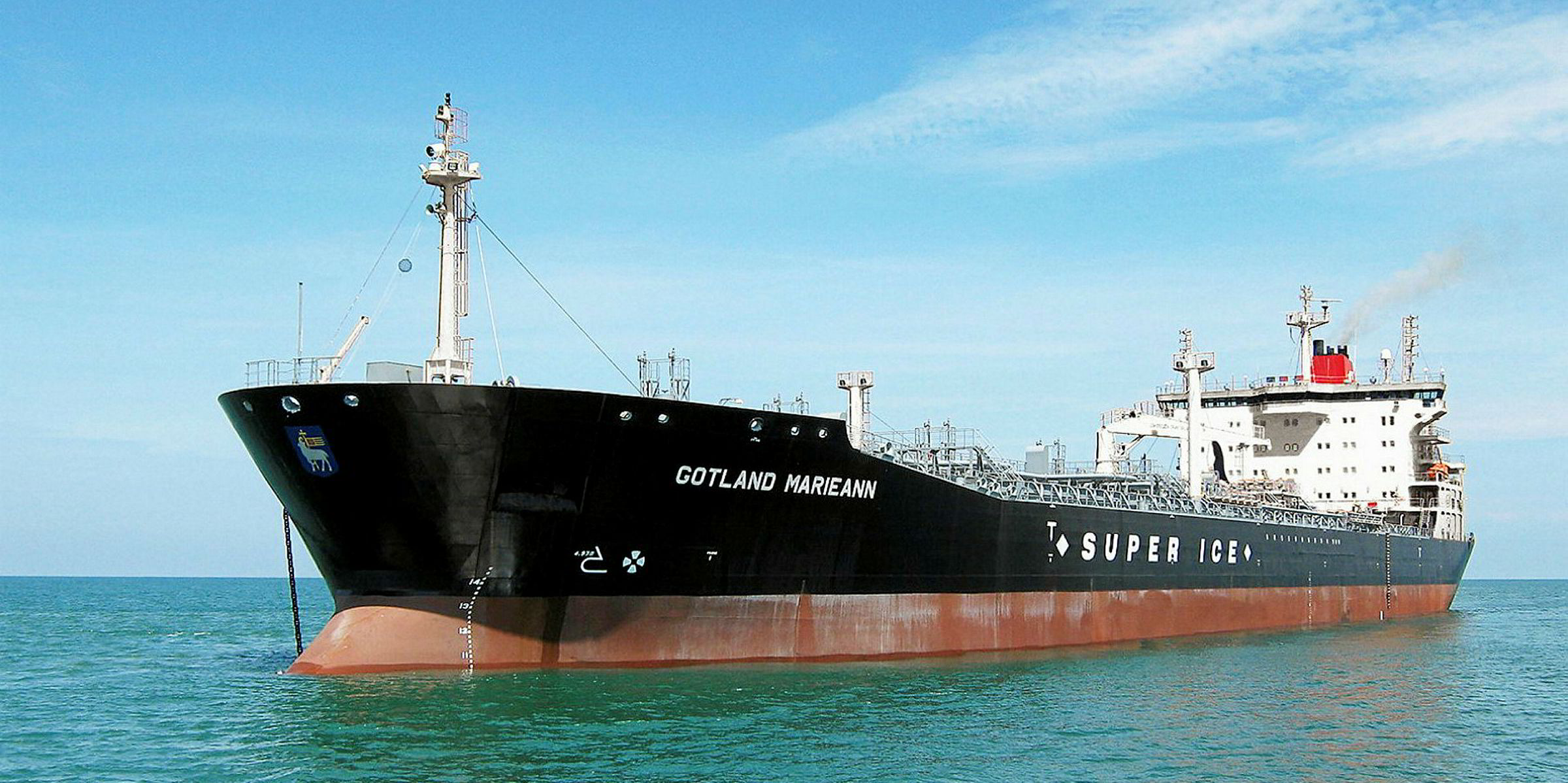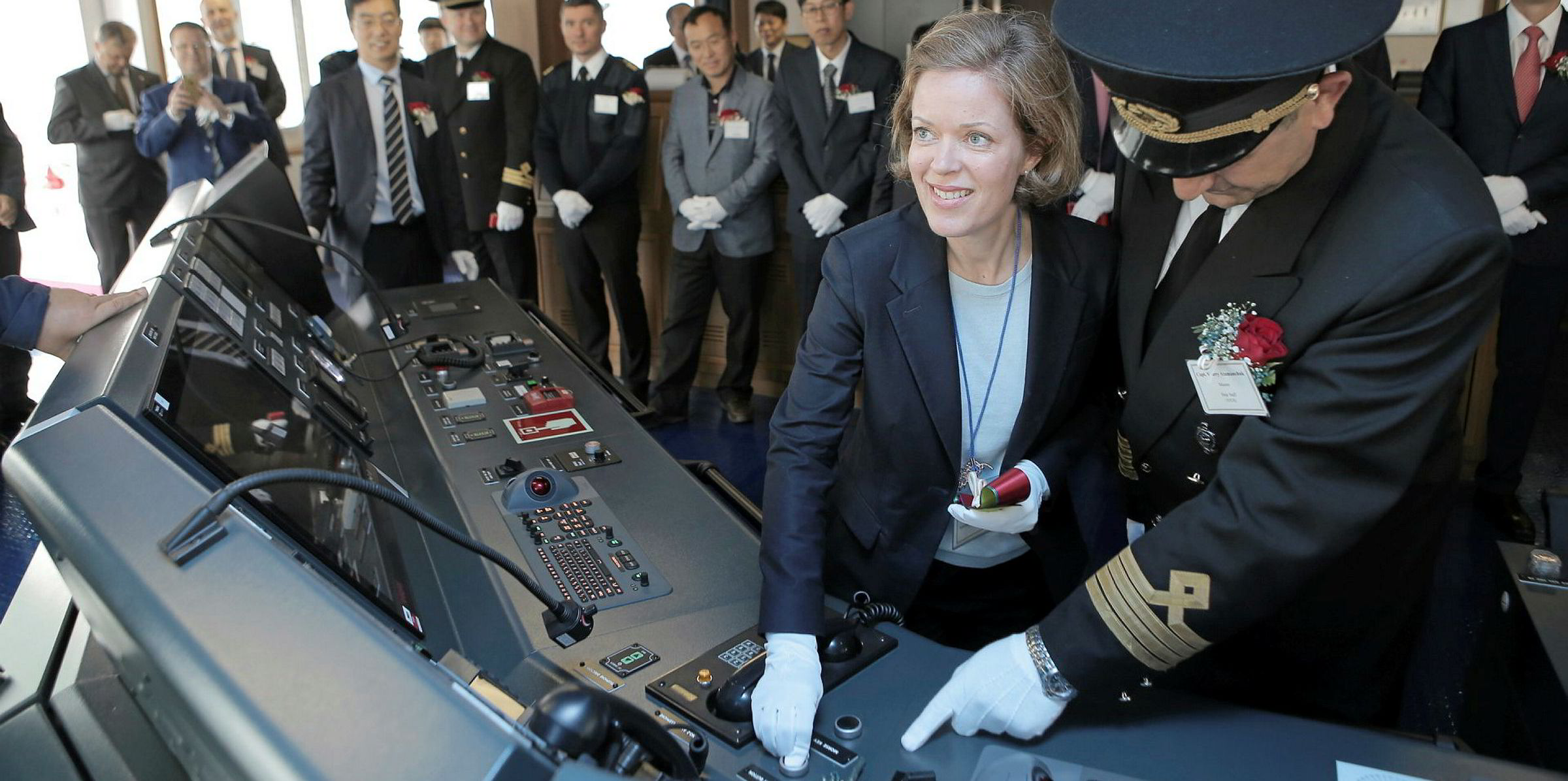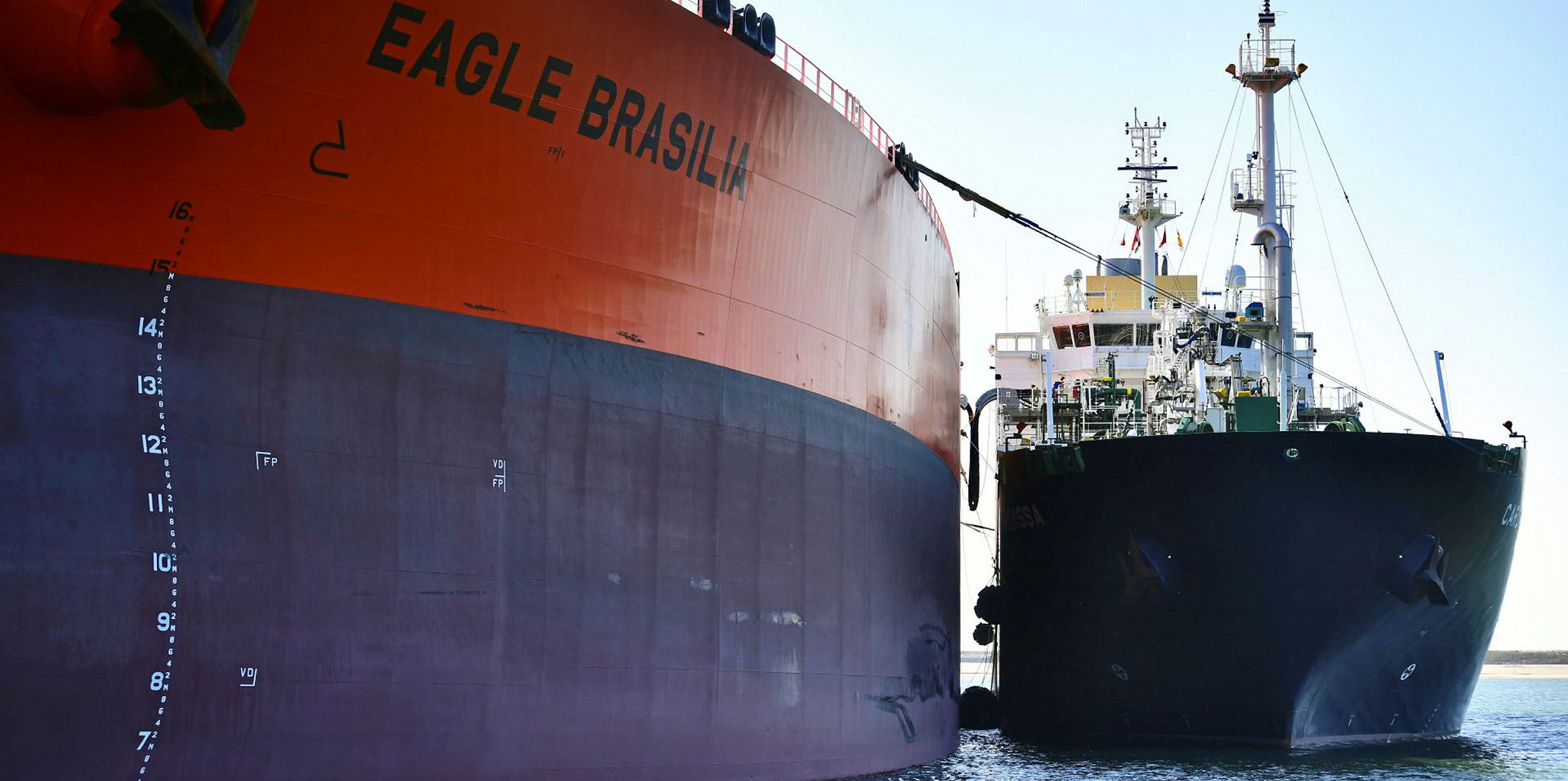Tanker markets are starting to feel the ripple effects from contamination issues at Russia’s Druzhba oil pipeline, one of the world’s largest by capacity and length.
Incremental aframax and suezmax demand has emerged as the buyers of Russian crude scramble to store contaminated oil and seek alternative suppliers.
But the longer-term market impact remains uncertain if supply issues at the world’s second-largest crude-exporting nation persist, according to industry officials.
The disruption in flows to the pipeline should be positive for tankers as refiners will need to draw down on stocks and/or increase seaborne imports from alternative sources where possible
Tim Smith of MSI
The impact is mixed for crude tanker markets and that “impact could spill into clean tanker markets”, Alphatanker said.
During the Easter weekend, high levels of erosive organic chloride were reportedly found at the Ural crude transported by the 5,500-km Druzhba pipeline, prompting authorities to halt oil flows to central European refineries.
The supply chain disruptions proved to be significant. Industry estimates suggest the pipeline when running normally transported one million barrels per day (bpd) of crude to Poland, Germany, Hungary, Slovakia and the Czech Republic, and at least another 500,000 bpd to the Russian port of Ust-Luga for export.
While Russia has promised to start restoring clean supply from early May, research consultancy Energy Aspects suggests 10 million barrels of contaminated crude remain in the western section of the pipeline.
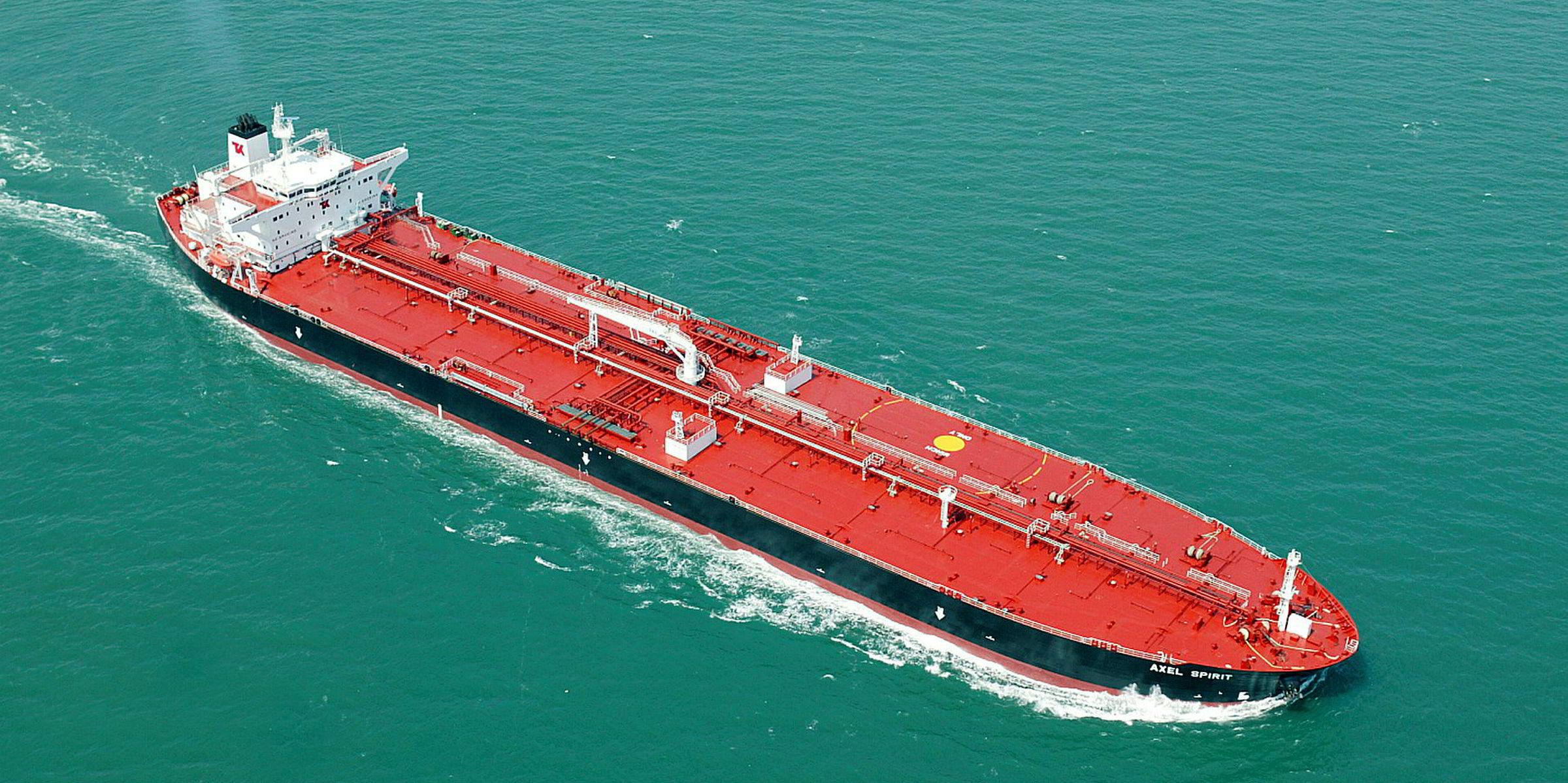
Some market players reckon the contaminated crude has been shipped to Ust-Luga first before being exported on aframaxes to storage tanks in other countries, where buyers can mix the crude supply with low chloride levels to meet refinery requirements.
Alphatanker, which estimates crude exports from Ust-Luga at an unbated level of 620,000 bpd to 660,000 bpd, points out the discharge locations for contaminated cargoes are expected to be far and wide — including the eastern coast of Canada.
The cargoes are being sold at heavy discounts “in the hope that they will prove attractive to refiners from outside the region with significant free storage capacity, who despite, the extra costs of diluting the crude will be able to efficiently process them”, according to Alphatanker.
With the Ust-Luga exports generally exported on aframaxes to other North European locations, the new development is expected to boost tonne-miles.
“Currently beleaguered aframax rates would likely benefit from such a situation as tonnage lists would likely shrink,” Alphatanker said.
On the Baltic Exchange, aframax earnings in North Europe have outperformed other trades since late-April.
There is also talk that some contaminated crude has entered floating storage as buyers struggle to find sufficient onshore tanks, but details remain sketchy.
Meanwhile, the European buyers of Russian crude, having rejected contaminated crude, are tapping into strategic reserves or raising seaborne imports to maintain refinery operations.
Poland’s PKN Orlen reportedly fixed at least one suezmax for loading crude from Sidi Kerir in May, and another one from Malongo, for shipment to Gdansk.
“I never saw these guys in the market for a suezmax,” said a London-based broker. The refinery has yet to reply to an email seeking comment.
“The disruption in flows to the pipeline should be positive for tankers as refiners will need to draw down on stocks and/or increase seaborne imports from alternative sources where possible,” Maritime Strategies International oil and tanker markets director Tim Smith told TradeWinds.
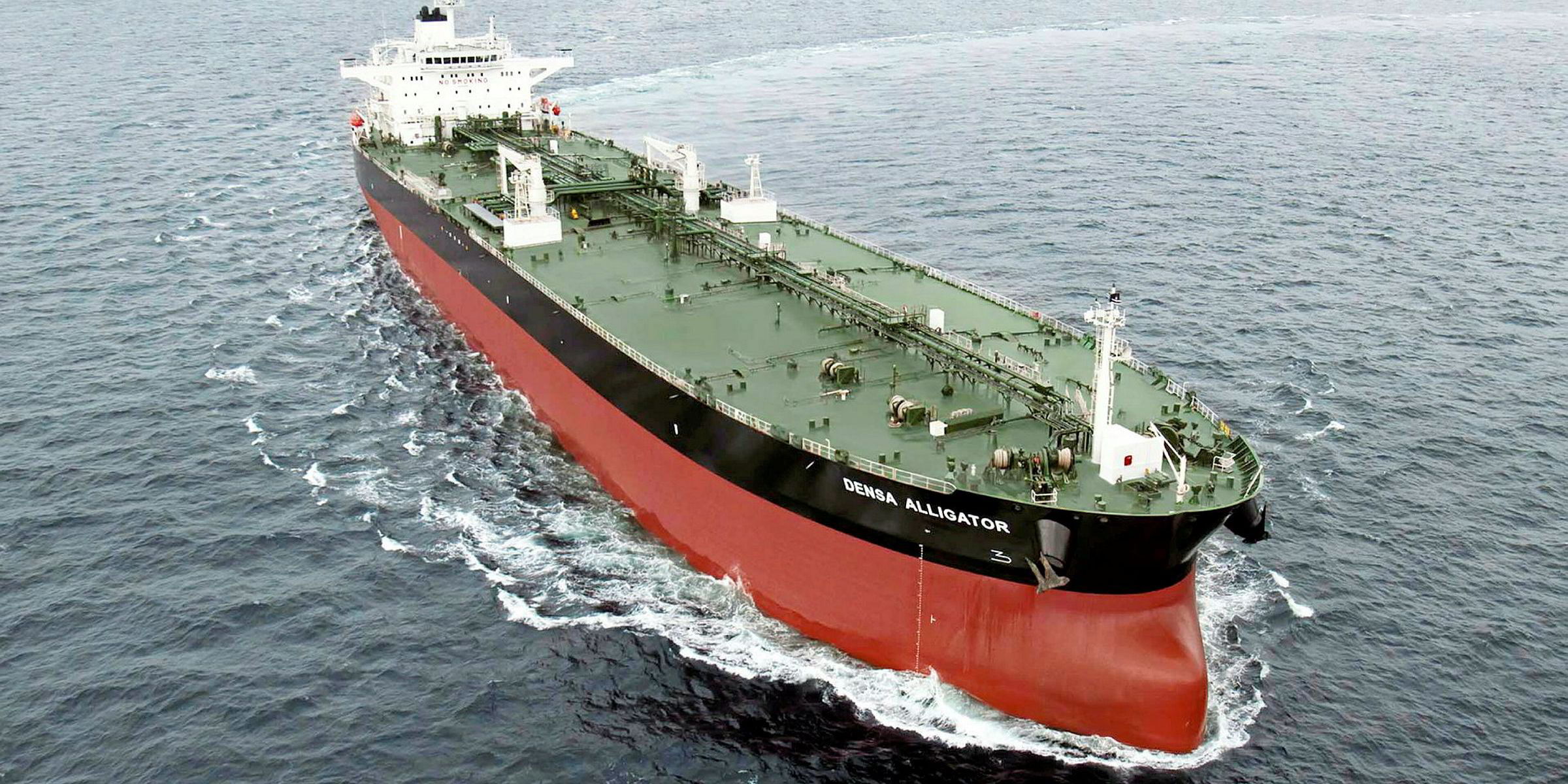
Uncertainty ahead
The contamination issues have arisen following repair works. State-run pipeline operator Transneft claims an unnamed private company deliberately caused the problem.
It remains uncertain when the pipeline can resume full operation. Even though Russia expects the supply to stabilise within this month, some point out that cleaning such a large network could take months.
If the crisis persists, Russia may be forced to divert Urals supply from Novorossiysk to Ukraine, Italy and Croatia, supplying central Europe via the Odessa-Brody, Transalpine Pipeline and the Adria network, according to Alphatanker.
“In theory, this could draw some of the Urals loadings away from longer-haul markets,” said Alphatanker, suggesting a scenario where aframax demand can replace suezmaxes with a net loss in overall tonne-miles.
Moreover, if European refineries are to cut runs due to insufficient crude stocks while the maintenance season continues, Alphatanker anticipates the region will import more middle distillates.
“We expect incremental supplies to be shipped from East of Suez refineries via the Suez Canal, which would potentially favour LR-sized carriers,” the consultancy said.

Once the cleaning operation is completed and contaminated crude removed, Russia may need to hike supply to Central Europe at the expense of seaborne exports, as crude production cannot not be increased at once, according to Energy Aspects.
“Since refineries along the pipeline will have to be supplied with clean crude as soon as possible, restoring clean crude volumes on the pipeline is the priority for Russia,” Energy Aspects said. “This will mean cargoes will be diverted from waterborne markets to the pipeline.”
“Some estimates suggest waterborne exports could be reduced by up to 500,000 bpd until clean Druzhba supplies have been restored.”

